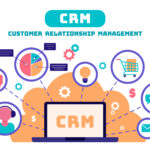In today’s hyper-competitive digital landscape, understanding and implementing effective lead management processes can be the difference between a thriving business and one that struggles to convert prospects into loyal customers. Whether you’re a startup or an established enterprise, lead management is a critical component of your marketing and sales strategies. But what exactly is lead management, and how can it be optimized to maximize conversions?
In this comprehensive guide, we’ll walk you through the complete lifecycle of lead management, including its stages, tools, best practices, and how to implement a robust process in your business.
Table of Contents
What is Lead Management?
Lead management is the systematic process of tracking and managing potential customers (leads) from the moment they show interest in your product or service until they make a purchase—or even beyond.
It involves capturing, qualifying, nurturing, and converting leads into paying customers. A solid lead management process ensures that no opportunity slips through the cracks and that each lead receives timely and relevant communication.
Why Lead Management Matters
Failing to manage leads effectively can result in lost sales, poor customer experiences, and low ROI on your marketing efforts. Let’s look at why it’s crucial:
-
Higher Conversion Rates: Properly managed leads are more likely to convert into paying customers.
-
Improved Sales Forecasting: Lead tracking provides valuable data for predicting future sales.
-
Personalized Customer Experience: Helps you tailor your messaging based on lead behavior and preferences.
-
Enhanced Team Collaboration: Marketing and sales teams can work together seamlessly with a shared lead database.
According to HubSpot, companies that excel at lead nurturing generate 50% more sales-ready leads at a 33% lower cost. That statistic alone should convince you of the value of lead management.
Stages of the Lead Management Process
The lead management process typically consists of five key stages:
1. Lead Capture
This is where you collect lead information via forms, landing pages, email signups, live chat, and more. Tools like WPForms and HubSpot Forms can help with this.
2. Lead Tracking
Once captured, the lead’s behavior is tracked—such as pages visited, emails opened, or resources downloaded.
3. Lead Qualification
Here, you assess if the lead matches your ideal customer profile. This is often done using lead scoring (more on this later).
4. Lead Nurturing
Engage with leads through email campaigns, retargeting ads, and personalized content to move them down the funnel.
5. Lead Conversion
When the lead is ready, it’s handed over to the sales team for final conversion into a customer.
Lead Generation Strategies
Before you can manage leads, you need to generate them. Here are some effective lead generation strategies:
-
Content Marketing: Blogs, eBooks, whitepapers, and webinars.
-
SEO and SEM: Rank high on Google with optimized content and paid ads.
-
Social Media Campaigns: Leverage platforms like LinkedIn and Facebook for targeted campaigns.
-
Email Marketing: Send newsletters and value-packed emails to encourage opt-ins.
-
Referral Programs: Encourage existing customers to bring in new ones.
Using tools like OptinMonster can help you create high-converting popups and forms that capture visitor information.
Lead Qualification and Scoring
Not all leads are created equal. Some are ready to buy, while others need more nurturing. This is where lead scoring comes in.
What is Lead Scoring?
Lead scoring assigns points to a lead based on criteria such as:
-
Demographics (e.g., job title, company size)
-
Behavior (e.g., email engagement, website visits)
-
Source (e.g., LinkedIn lead vs. organic search)
A higher score means the lead is more likely to convert. Tools like Salesforce and Zoho CRM offer built-in lead scoring capabilities.
Lead Nurturing Techniques
Once a lead is qualified, the goal is to nurture the relationship. This involves ongoing communication designed to educate, inform, and build trust.
Popular Lead Nurturing Tactics:
-
Automated Email Workflows: Send behavior-based emails.
-
Retargeting Ads: Show ads to visitors who didn’t convert.
-
Personalized Content: Serve blog articles or videos based on user behavior.
-
Drip Campaigns: Gradually educate your leads over a set period.
According to DemandGen Report, nurtured leads make 47% larger purchases than non-nurtured leads.
Sales Handoff and CRM Integration
A smooth transition from marketing to sales is critical. This stage is where CRM tools shine.
How to Ensure a Smooth Handoff:
-
Set Clear Criteria for when a lead becomes sales-qualified.
-
Automate Notifications to alert sales when leads hit a threshold.
-
Use CRM Tools like Pipedrive or HubSpot CRM for seamless data sharing.
The goal is for the sales team to have full context when contacting a lead—such as what content they viewed, what emails they opened, and what products they’re interested in.
Best Tools for Lead Management
Having the right tools can streamline your lead management efforts. Here’s a curated list of top options:
| Tool | Best For | Website |
|---|---|---|
| HubSpot CRM | All-in-one solution | hubspot.com |
| Salesforce | Enterprise CRM | salesforce.com |
| Zoho CRM | SMBs and integrations | zoho.com/crm |
| LeadSquared | Lead tracking & automation | leadsquared.com |
| Pipedrive | Sales-focused CRM | pipedrive.com |
| Mailchimp | Email automation | mailchimp.com |
| OptinMonster | Lead capture | optinmonster.com |
These tools often offer analytics dashboards, integration with other platforms, automation workflows, and more.
Common Challenges in Lead Management
Even with a good system, companies often face the following issues:
-
Lead Leakage: Leads get lost due to manual handling or lack of follow-up.
-
Unqualified Leads: Poor targeting results in unfit prospects.
-
Misalignment Between Sales and Marketing: Lack of communication leads to poor conversion rates.
-
Ineffective Nurturing: Generic messaging fails to engage leads.
The key is to identify these bottlenecks early and fix them with better automation, targeting, and alignment.
Best Practices for a Seamless Lead Management Workflow
To build a high-performing lead management process, follow these best practices:
-
Map the Buyer’s Journey: Understand how leads move from awareness to decision.
-
Define Your Ideal Customer Profile (ICP): Helps in better targeting and qualification.
-
Implement Lead Scoring: Prioritize leads that are most likely to convert.
-
Use Automation Tools: Reduce manual work and ensure timely communication.
-
Align Sales and Marketing Teams: Shared goals and systems create synergy.
-
Analyze and Optimize: Regularly review performance metrics and adjust accordingly.
-
Segment Your Leads: Personalize your approach based on industry, behavior, or interest.
-
A/B Test Campaigns: Improve email and ad performance through testing.
By embedding these practices into your strategy, you’ll ensure that your pipeline is optimized and scalable.
Conclusion
Lead management isn’t just about collecting email addresses—it’s about creating a structured, repeatable process that turns casual interest into loyal customers. From capturing leads to nurturing them and handing them off to sales, every step requires precision, the right tools, and a customer-centric approach.
By implementing the techniques outlined in this guide, you’ll be well-equipped to increase your conversion rates, improve team collaboration, and grow your business sustainably.














